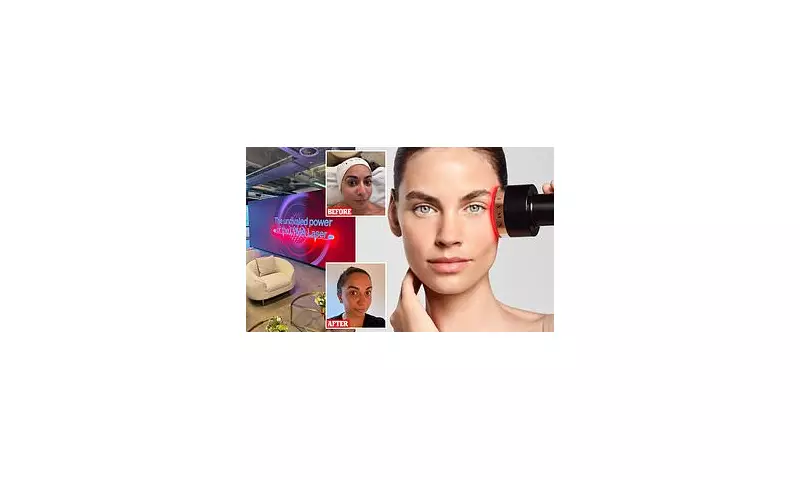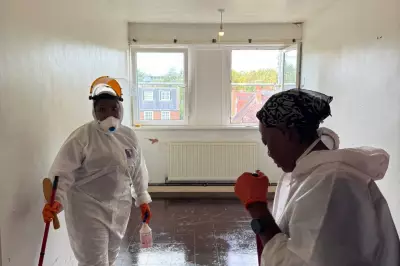
In an era where youthful appearances are highly prized, the demand for non-surgical facelifts has skyrocketed. People across the globe are turning to these minimally invasive treatments to achieve a fresher, more rejuvenated look without the risks and downtime associated with traditional surgery.
Why Non-Surgical Facelifts Are Taking Over
Unlike surgical facelifts, which require incisions and lengthy recovery periods, non-surgical alternatives use advanced techniques such as injectables, laser therapy, and ultrasound to tighten skin and reduce wrinkles. The appeal is clear: no general anaesthesia, minimal discomfort, and results that can last for months.
The Most Popular Treatments
- Botox and Fillers: These injectables smooth wrinkles and restore volume to the face.
- Ultherapy: Uses ultrasound energy to stimulate collagen production.
- Laser Resurfacing: Improves skin texture and reduces pigmentation.
- Thread Lifts: Temporary sutures lift and tighten sagging skin.
The Global Obsession with Youthful Skin
Experts attribute the surge in demand to social media influence, celebrity endorsements, and the growing acceptance of cosmetic enhancements. With platforms like Instagram and TikTok showcasing flawless complexions, the pressure to maintain a youthful appearance has never been higher.
"People want quick, effective solutions with little to no downtime," says Dr. Emily Carter, a leading cosmetic dermatologist. "Non-surgical facelifts offer just that—natural-looking results without the commitment of surgery."
Is It Right for You?
While non-surgical facelifts are less invasive, they aren’t suitable for everyone. A consultation with a qualified practitioner is essential to determine the best approach for your skin type and concerns. Potential side effects, though rare, can include swelling, bruising, or temporary numbness.
As the beauty industry continues to innovate, one thing is certain: the quest for ageless skin shows no signs of slowing down.





